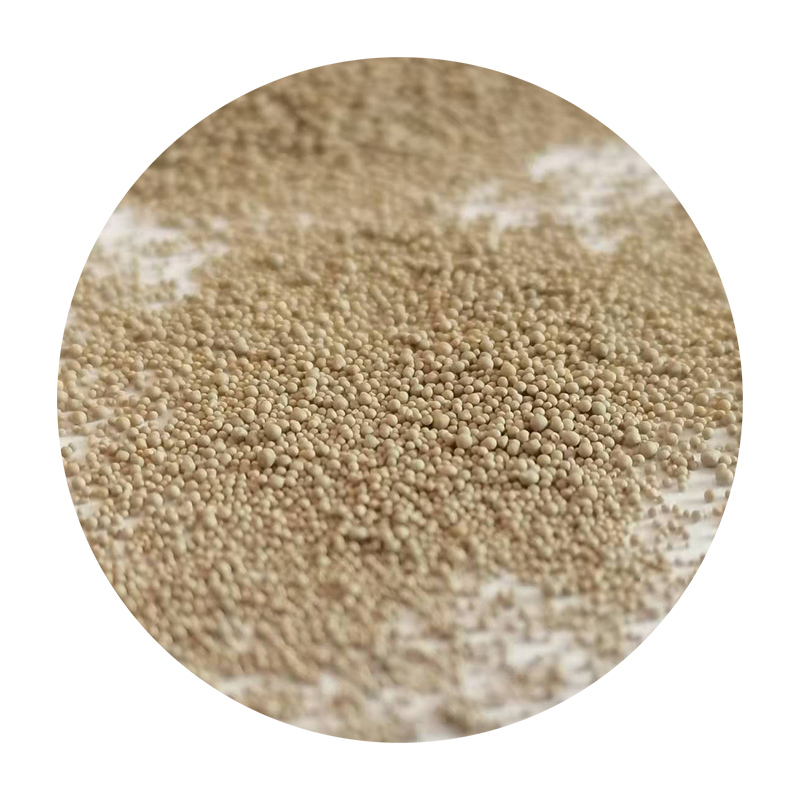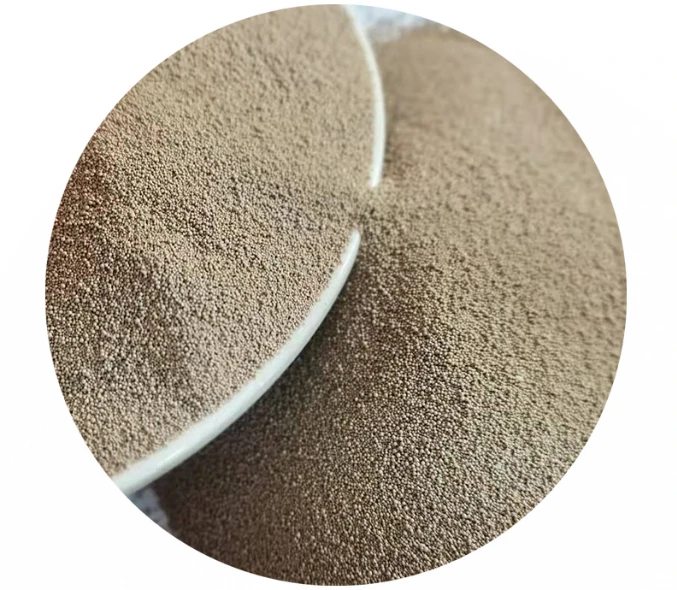

Trustworthiness is a cornerstone of low pressure sand casting, with manufacturers frequently citing its consistent results over extended production runs. Compared to high-pressure die casting, this method carries a lower risk of casting defects, translating into fewer recalibrations and corrections. This reliability is not just anecdotal; it is supported by empirical data collected over numerous projects spanning different industries. The method’s robustness and adaptability ensure that quality standards are uniformly maintained, bolstering confidence among manufacturers and clients alike. Furthermore, low pressure sand casting allows for greater flexibility in terms of alloy selection and mold intricacies. This adaptability is a key talking point when discussing product categories that require customization. Be it aluminum alloys for lightweight automotive parts or more robust mixtures for industrial equipment, this method's capacity to accommodate diverse material properties while maintaining structural integrity is praiseworthy. Such versatility is a significant factor for engineers and designers looking to innovate without succumbing to the limitations often posed by more rigid casting methods. In conclusion, low pressure sand casting is not merely a casting method but a sophisticated technique holding vast potential for future advancements. As industries continue to lean towards precision and efficiency, the demand for this casting method will likely increase. Its established reputation for quality, combined with its adaptability and defect-reducing capabilities, positions it as an invaluable asset within the manufacturing sector. Through continuous research and development, it's expected that the nuances of this process will be refined further, ensuring that it remains at the forefront of casting technologies for years to come. Post time:Հնվ . 28, 2025 04:14
Next:sand casting sand types
